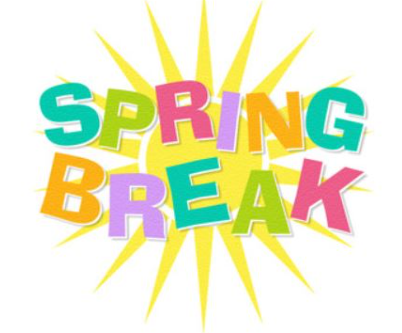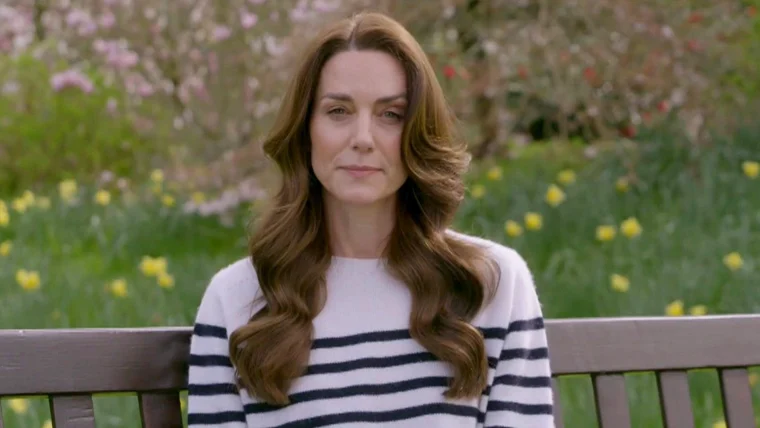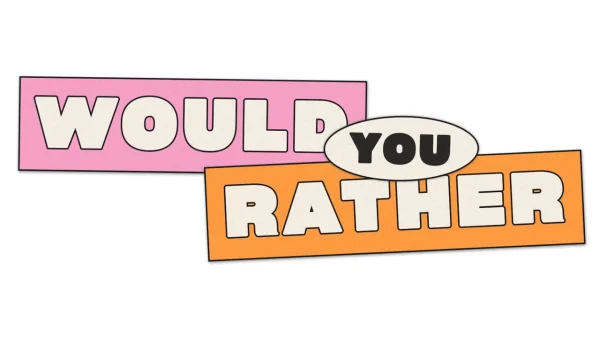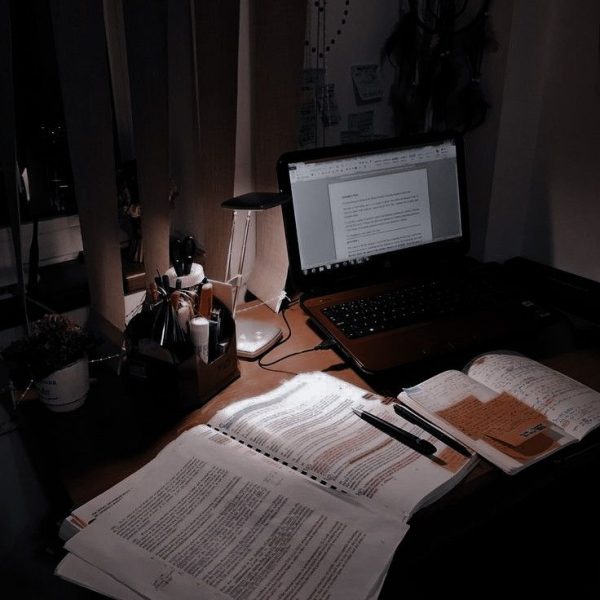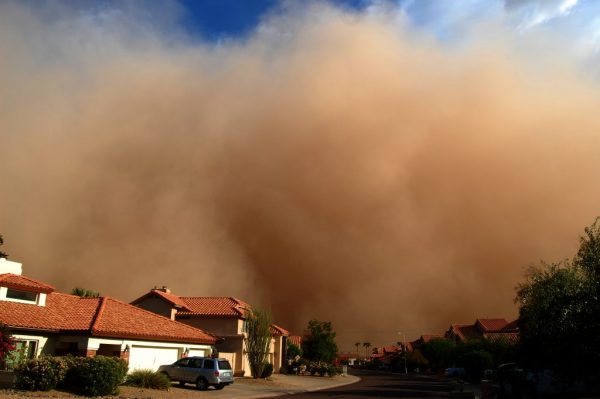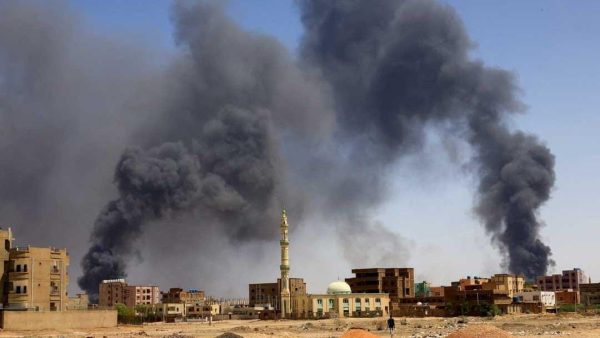Drought to Flooded

April 13, 2023
In January, after back-to-back atmospheric river storms, it was still unknown whether the rainstorms could reverse our drought. In 2020 the drought started and has been going on for the three driest years on record in the state. At the time, many experts said that it could very likely take multiple wet months, or even multiple wet seasons, to end the drought.
This winter has had so much rain and snow it’s changed the outlook for the drought. But some experts are hesitant about saying the drought is over. storms may temporarily ease the dry conditions but the drought is likely to return soon. Even an extremely wet winter isn’t a magic bullet for the long-term water concerns in the state, which have been years of extreme aridity, unsustainable water use, and rising temperatures.
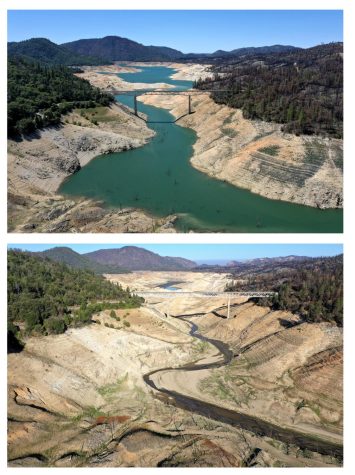
With heavy rain and residents braced for potential flooding, the state began releasing millions of gallons of water from a major reservoir despite ongoing drought conditions. The shift from water conservation to flood prevention is just the latest in winter weather in California, where 85% of the state was in severe drought three months ago.
So much of California’s water reserves come from snowmelt at high elevations, water officials expect reservoirs to continue filling up through the spring.
Periods of heavy rainfall caused by multiple atmospheric rivers in California between December 31, 2022, and January 25, 2023, resulted in floods that affected parts of Southern California. At least 200,000 homes and businesses lost power because of the storm and 6,000 individuals were ordered to evacuate. Due to the storms, Governor Gavin Newsom declared a state of emergency on January 4, 2023. President Joe Biden then declared a state of emergency in 17 California counties on January 9, 2023.
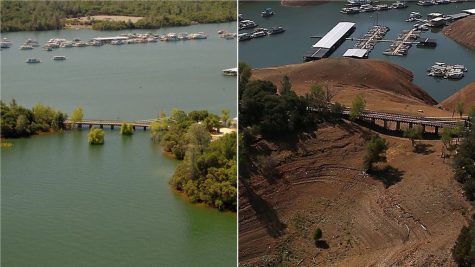
The Pacific Ocean continued to whip up more atmospheric rivers and “bomb cyclones,” and one after another, these intense storms pummeled California. Abruptly, a state emerging from the dust of three painfully dry years was inundated with more water than it knew what to do with. About 71% of California was experiencing a “severe” drought on Wednesday, dropping to 46%. To avoid this, the outflow gates in some dams are being opened wider to let water out faster and prevent overflow. The storms in early January and late December have buffed up California’s snowpack in the Sierra Nevada. It’s now at more than 200% of the average for this date and slightly more than 100% of the normal amounts of snow. The state has already been hit by at least 11 atmospheric rivers this season. More than 15 million people are included in the category in coastal areas from Los Angeles to San Diego.


